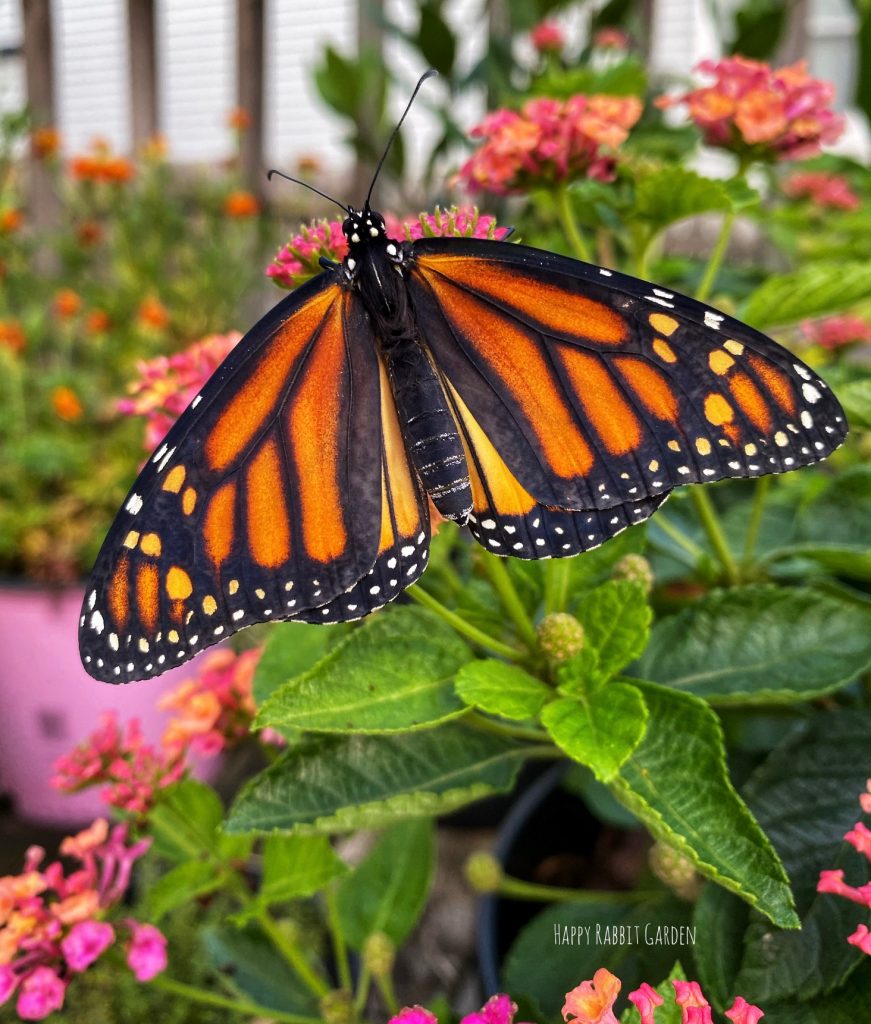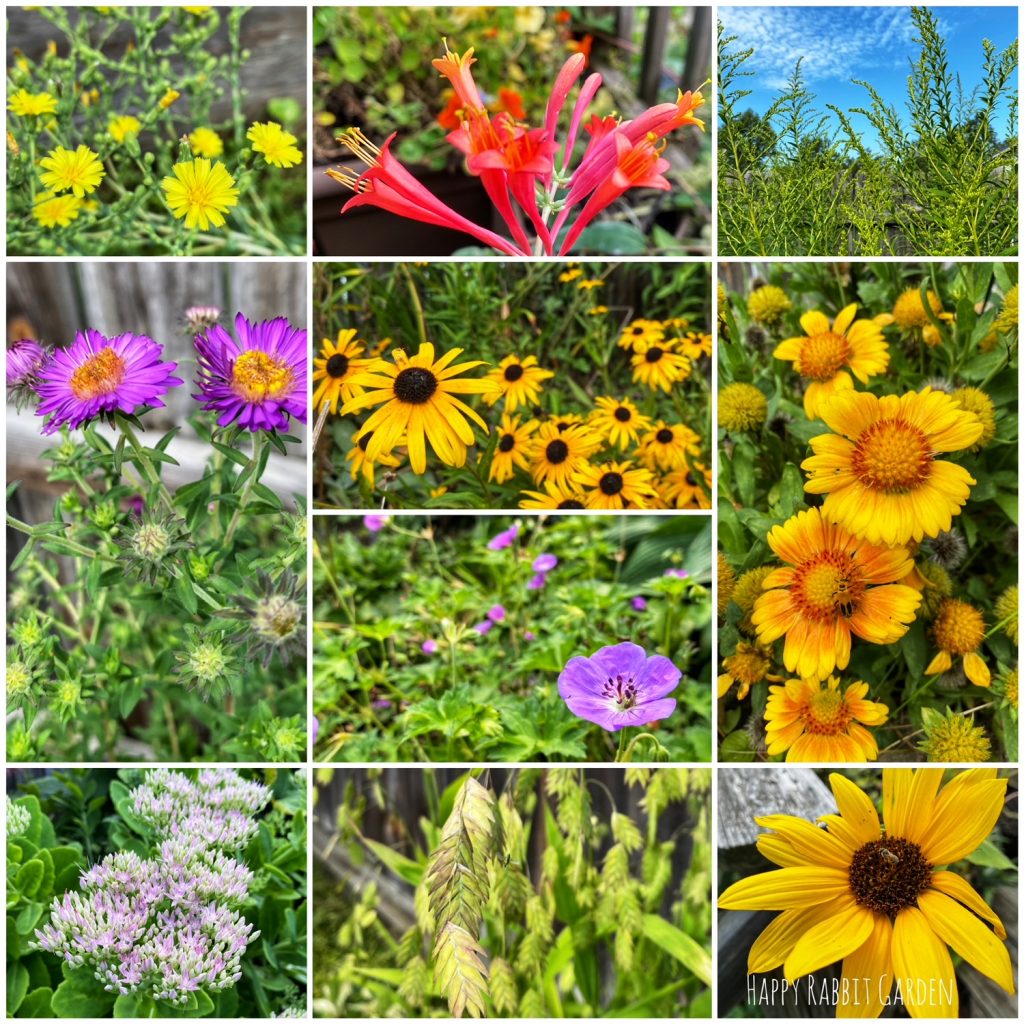
Lately, I feel like I’ve almost been more excited by the visitors we’ve had in the garden than the plants and trees that live there all the time. Maybe that’s because it’s been too hot to really enjoy the yard for more than the five minute bursts I’ve had, racing out to harvest tomatoes before retreating into the sweet sanctuary of the air conditioning. It feels like it’s been months since I’ve been able to sit outside, and properly experience everything that’s growing. I miss lizarding out on the deck.
The entire summer has felt blazing hot and miserable with very few breaks. I’m not handling the weather terribly well, though, a little warm air shouldn’t make me complain when so much of the country is battling devastating wildfires and hurricanes. Even the tornadoes that we usually see haven’t occurred here this year, which is odd, now that I think about it. And, while we’ve had some flooding and drought conditions, our crops and plants are mostly hanging in there.
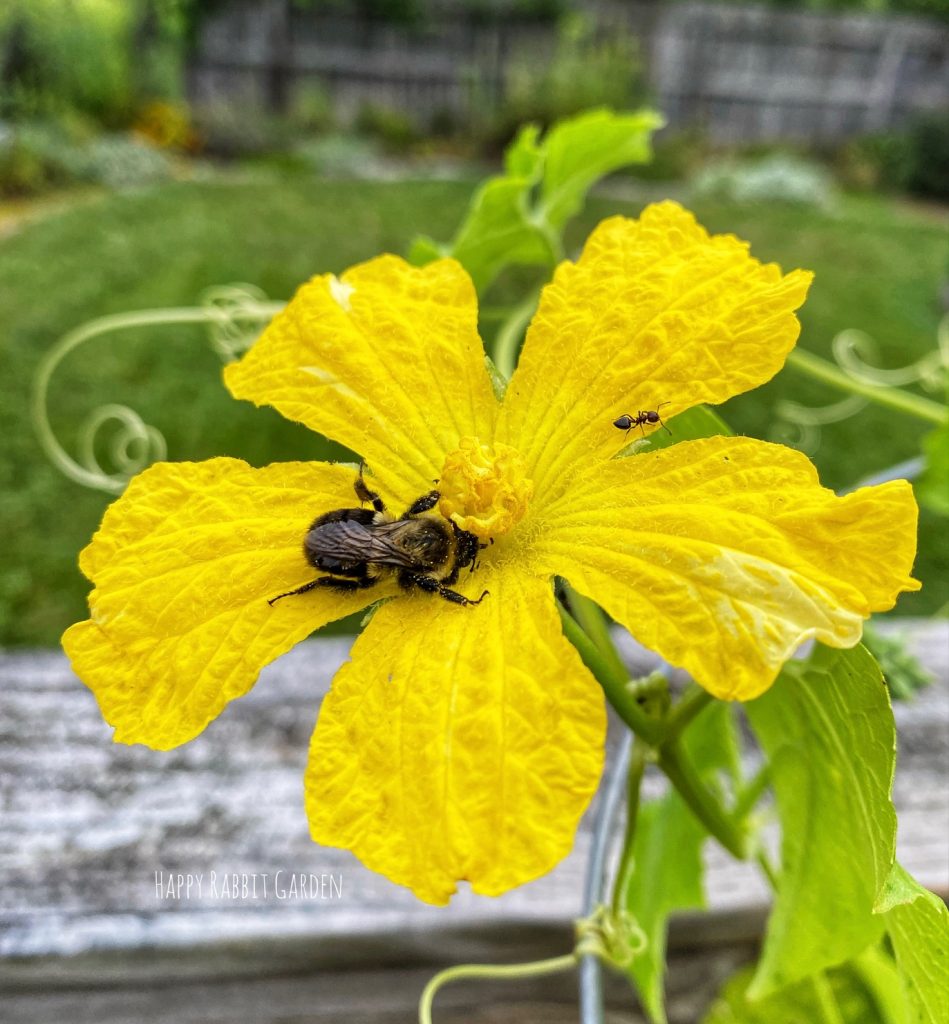
Anyway, enough wallowing. As I mentioned, we’ve had quite a lot of wildlife visiting and moving into the garden lately. All but one of the monarch butterflies, which I didn’t expect to see until just about now, have already hatched. We’ve had an even mix of males and females, and I was able to release them all, happy and healthy. They will likely go off to make the next generation of monarchs, and that group may be the one that starts the migration back south before fall temperatures drop off here in Ohio this fall.
It’s such a joy to meet them when they break free of their chrysalises. It usually takes a few hours for the butterflies wings to fully stretch out and dry, and then they will fly off to the woods. We have quite a few late summer flowers around for them to enjoy, natives like new england aster and goldenrod, and other perennials like autumn joy sedum. Most of the garden is still blooming away, but it’s important to have plants that bloom into fall for the monarchs and other pollinators.
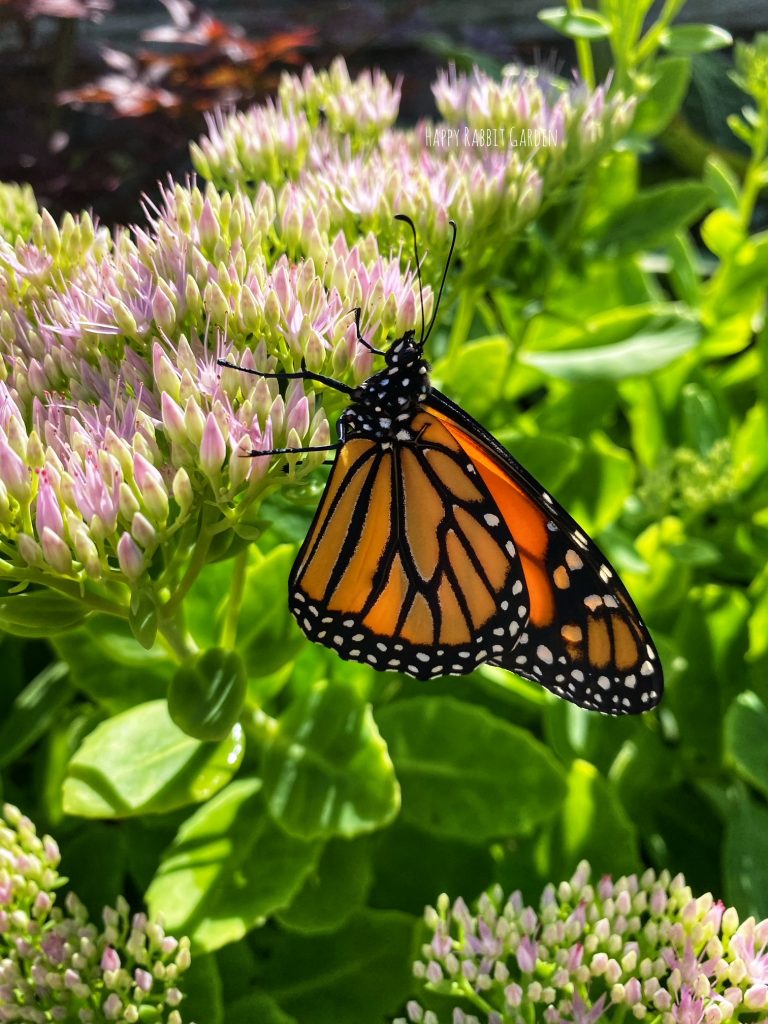
A visitor that I’ve enjoyed a little less have been the squash bugs on our pumpkin vines. The bugs look a little like stink bugs once they’ve grown up, and they will take out squash, pumpkins, and cucumber vines if left unchecked. The bugs usually arrive in June, and will spend the summer on the underside of squash plant leaves, where they will lay tiny little brown eggs, which hatch in around 10 days.
Once the bugs hatch, they start munching on the plant leaves, sucking out the sap, which causes the leaves to yellow, brown, and then die. While the babies, called nymphs, will die after a frost, the adult squash bugs are able to shelter and make it through the winter temperatures, to lay the next years generation of villains.
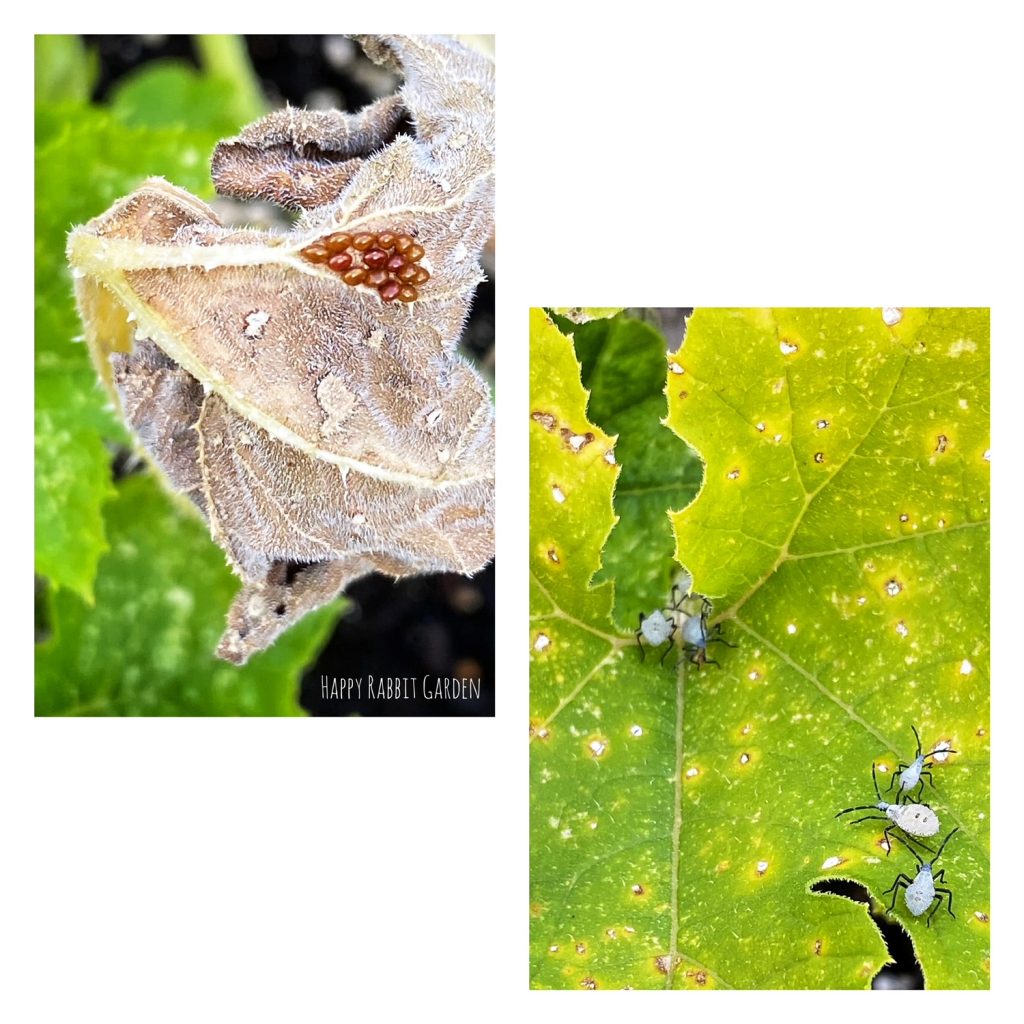
So, they aren’t great guests to have around. Fortunately, they are very easy to spot, and take care of, without having to resort to pesticides which would also kill off the good bugs that eat them and, of course, would cover your yummy veggies in poison. If you do happen to spot some on your plants, remove any dead or dying leaves and other debris. And a simple spray bottle, filled with liquid dish soap and water will kill the bugs on contact. Now, your plants will be free of squash bugs and squeaky clean.
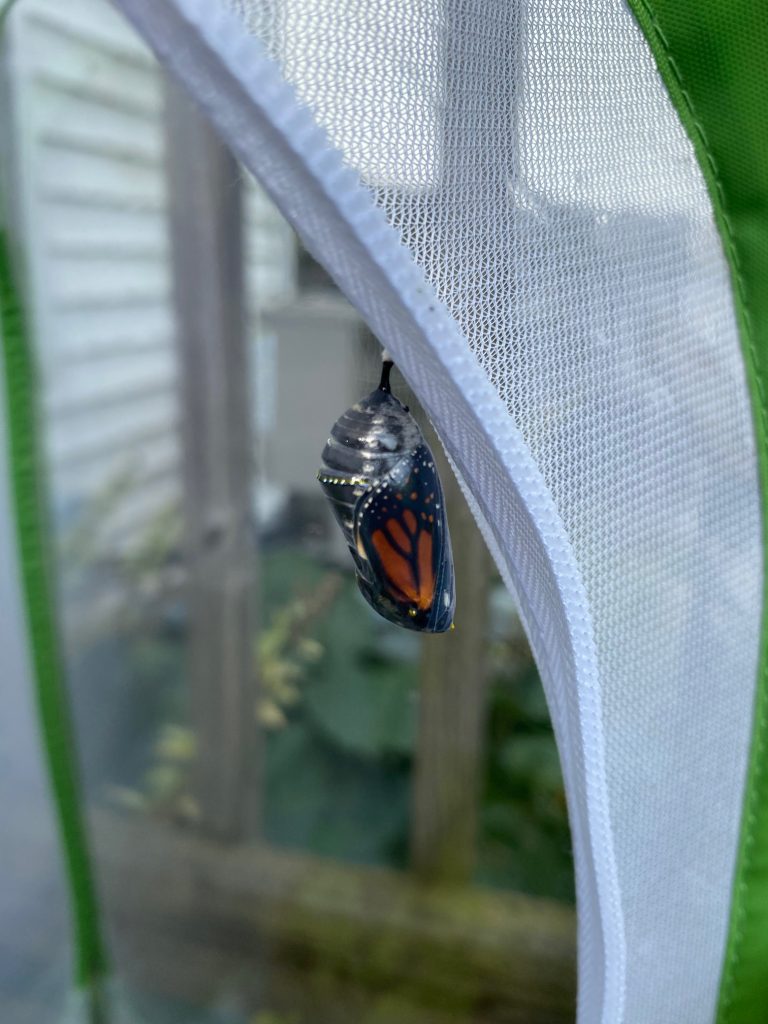
Out in the rest of the garden, I managed to spot a little black swallowtail caterpillar on the carrot leaves. I moved it into the butterfly house with some fennel and the monarch chrysalises. I was so excited to spot this one- usually by this time of year, I don’t see many swallowtails floating around the yard, but they’ve been out and about more now than earlier this summer. The carrot crop I planted was the swallowtails favorite crop to lay eggs on this year. I’ll have to plant more again next year, for the butterflies, and for us. Those carrots were quite tasty!

Next to the raised beds, the wildlife pond is still doing its thing. I introduced you to Stanley the Frog in my last post, and now, we have a second frog, that we’re naming Stan Lee. (The names are a play on a 30 Rock reference that’s so obscure it’s hardly worth mentioning). Anyway, Stanley and Stan Lee hang out together on the rocks around the pond in the late afternoons, and are helping control the local mosquito population. I hear them singing ballads in the evenings. While they hop into the water, hiding under the plants and brush nearly every time I try to take a picture, I’m hoping to identify their species. They look an awful lot like northern green frogs, but they don’t sound like them. I’m stumped, but determined to figure out what they are!
We’re supposed to have some more rain in the coming week, with slightly cooler weather. I hope to get outside a bit to do a little work. A few beds could do with some weeding, and I’d like to pick up some stone to finish edging our newest bed in the front yard. I also have a few more seeds I’d like to start: some prairie dropseed grass for said front bed, as well as some purple prairie clover. Hopefully life cooperates!
Happy gardening!
